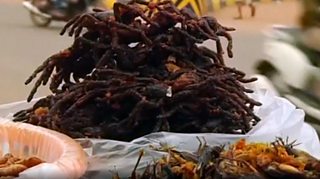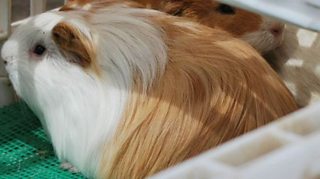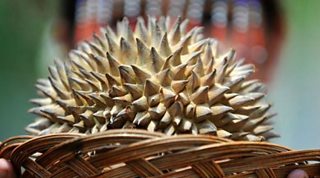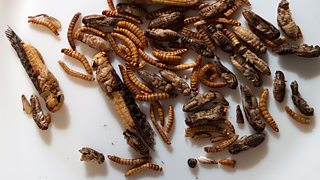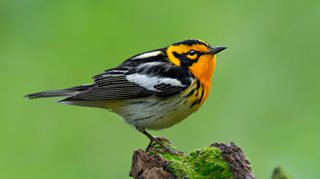The centuries-old journey to harvest a controversial and divisive Hebridean seabird delicacy
17 January 2018

Every August in the north of Lewis set sail on an expedition that their fathers and grandfathers took before them.
They travel for almost 40 miles across the North Atlantic to the remote, uninhabited island of Sula Sgeir where they spend 10 days harvesting up to 2000 young gannets, known as guga.
“I’ve smelt the guga since I was a year old,” says leader of the hunt Dods Macfarlane on Sulaisgeir. “I was destined to go.”
It’s repetitive back-breaking work for the men, who scale the island’s wind-battered cliffs from dawn until dusk.
Each bird is lifted from the rock by a grabber on a pole, and then clubbed on the back of the head.
A controversial practice
The guga hunt receives an annual licence from Scottish Natural Heritage that allows them to collect the birds, but the practice is not without its critics.
Animal welfare charities have in the past raised objections to the hunt.
“Some people say we are cruel; hunting the birds,” says Dods. “[But] from when you catch the bird until it’s killed, only takes 2-3 seconds.”
The guga meat is salted on Sula Sgeir and on return to Lewis, where it’s washed, repeatedly boiled and served only with potatoes.
But even back on land, the debate continues, as guga seems to split people firmly into two camps: you either like it or you don’t.
For some, it tastes like salted mackerel, while others have described it as “”.
The programme in full
-
![]()
Sulaisgeir: An t-Sealg/The Hunt
Following the men of Lewis as they make their annual expedition to harvest guga from Sula Sgeir in the North Atlantic.
Unusual delicacies from around the world
-
![]()
Spiders creep on to the menu during rainy season in Cambodia.
-
![]()
Eating roasted or fried guinea pig is an ancient tradition in parts of South America.
-
![]()
The pungent ‘king of fruits’ is popular in Asia.
-
![]()
In Asia and South America eating insects is common.
Latest features from ���˿��� Scotland
-
![]()
'Wild swimming helps me process the grief of losing my son'
The benefits of cold water therapy.
-
![]()
Winter adventures are appealing, but an expert advises caution
Trips in winter require particular knowledge and skills.
-
![]()
The rescuers: Why volunteers risk their lives in mountain emergencies
Landward meets members of the Cairngorm Mountain Rescue Team.
-
![]()
‘Look for the light’ – practical tips to help you through another winter with SAD
Useful advice and tips to combat low moods at this time of year.
-
![]()
How you could be a binge drinker without even knowing
Binge drinking is classed as fewer units than many people may realise.
-
![]()
How chocolate biscuits and drama classes helped one man leave prison behind
The healing power of creativity.
-
![]()
'When people believe in you, it’s life-changing'
Author Graeme Armstrong revisits the man who helped turn his life around.
-
![]()
The 'breath-taking' display of US birds swept on to British soil
Recent storms have brought rare birds to our shores.
-
![]()
Six things we learned about Alan Cumming on Take the Floor (Spoiler: includes accordions)
The actor spoke to Take the Floor's Gary Innes.
-
![]()
How street gangs trap young men in a dangerous cycle of violence
The almost inescapable pull of life in a gang.
-
![]()
Why stylist Gok Wan believes there's no such thing as bad fashion
The fashion expert says we should stop following rules and do what feels right.
-
![]()
Is sending a CV still the right way to apply for a job?
They've been central to job applications for years, but are they worth it?

